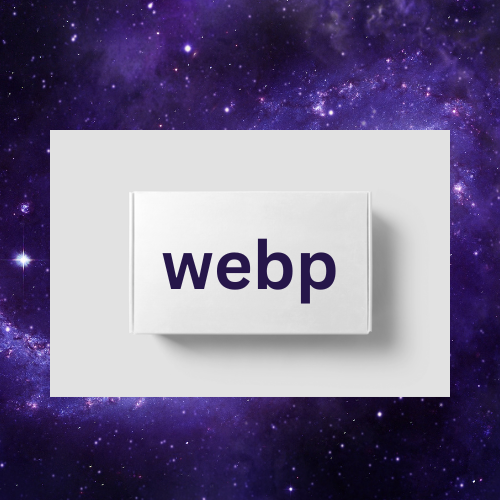WebP is a relatively new image format that was introduced by Google in 2010. It is an open-source image format that has quickly gained popularity in recent years. WebP is designed to be a more efficient image format than traditional formats like JPEG and PNG. In this article, we will discuss why you should use WebP images in articles, considering diverse perspectives.
Firstly, from the perspective of website owners, using WebP images can improve the speed and performance of their website. This is because WebP images are typically smaller in file size than traditional image formats, which means that they load faster. This can lead to a better user experience for visitors to the website, as they will not have to wait as long for the page to load. Additionally, using WebP images can also reduce bandwidth usage and storage costs for website owners, as they will require less space on their servers.
Secondly, from the perspective of content creators, using WebP images can help to improve the visual appeal of their articles. WebP images are capable of displaying high-quality images with smaller file sizes, which means that articles can include more images without sacrificing page load times. This can be particularly useful for articles that rely heavily on visual content, such as tutorials or product reviews.
Thirdly, from the perspective of users, using WebP images can provide a better browsing experience. As mentioned previously, WebP images load faster than traditional image formats, which means that users will not have to wait as long for the page to load. This can be particularly beneficial for users who are browsing on slower connections or mobile devices. Additionally, using WebP images can also help to reduce data usage for users, as smaller image files will require less data to load.
However, it is important to note that not all browsers and devices support WebP images. This means that some users may not be able to view WebP images on their devices. In these cases, it is important to provide fallback images in alternative formats such as JPEG or PNG. This ensures that all users are able to view the images, regardless of their device or browser.
In conclusion, using WebP images in articles can provide numerous benefits for website owners, content creators, and users. They can improve the speed and performance of websites, improve the visual appeal of articles, and provide a better browsing experience for users. However, it is important to ensure that fallback images are provided for users who are unable to view WebP images on their devices. As WebP continues to gain popularity, it is likely that support for the format will become more widespread, making it an even more valuable tool for online content creators.


Leave a Reply